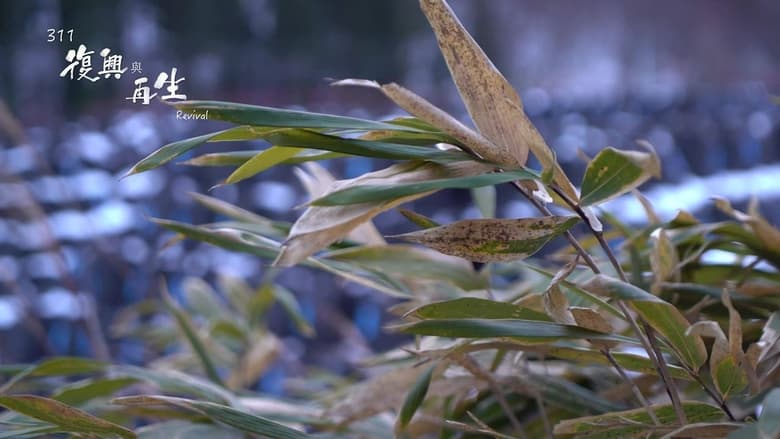Ko ta maatau whare pikitia me to wharepukapuka whakaataata ka taea noa te rere, te tango mai ranei ma nga mema anake
Me matakitaki tonu mo te FREE ➞He iti ake te waa 1 meneti ki te Haina Mai ka pai ai ki a koe te koa ki nga Kiriata Mutunga & Taitara TV.

311復興與再生 (2017)
Fukushima used to be a wonderful place. Unfortunately, since March 11, 2011, "Fukushima" has been superseded by another name: Nuclear Disaster Zone. Six years have passed, but over 80,000 Fukushima residents still cannot return home, still cannot return to their former lives. How did they get through it? Reconstruction work is slow. Several years on, surrounding the site of the Fukushima nuclear incident, there remain many refuge-seeking residents whose homes are still in lockdown. In the streets, people are taking it to their own hands to save their communities. Psychologically and practically, how does one rebuild? Does the civil society's self-rescue mission conclude in recovering what was lost, or in reviving an even better community? In their eyes, what is "revival"? What is the meaning of "rebirth"? Our crew went all over the coastal areas of Fukushima, recording stories of residents each finding their own ways to save themselves.
Momo: Documentary
Maka: Clarisse YEUNG
Kaimahi: Shirley WONG (Title Designer), Horatio TSOI (Production Director), Real CHEUNG (Production Director), Martina MAK (Production Director), Ruth TAM (Music)
Subtitle:
![]()
![]()
![]()
![]()
![]()
![]()
![]() ETC.
ETC.

